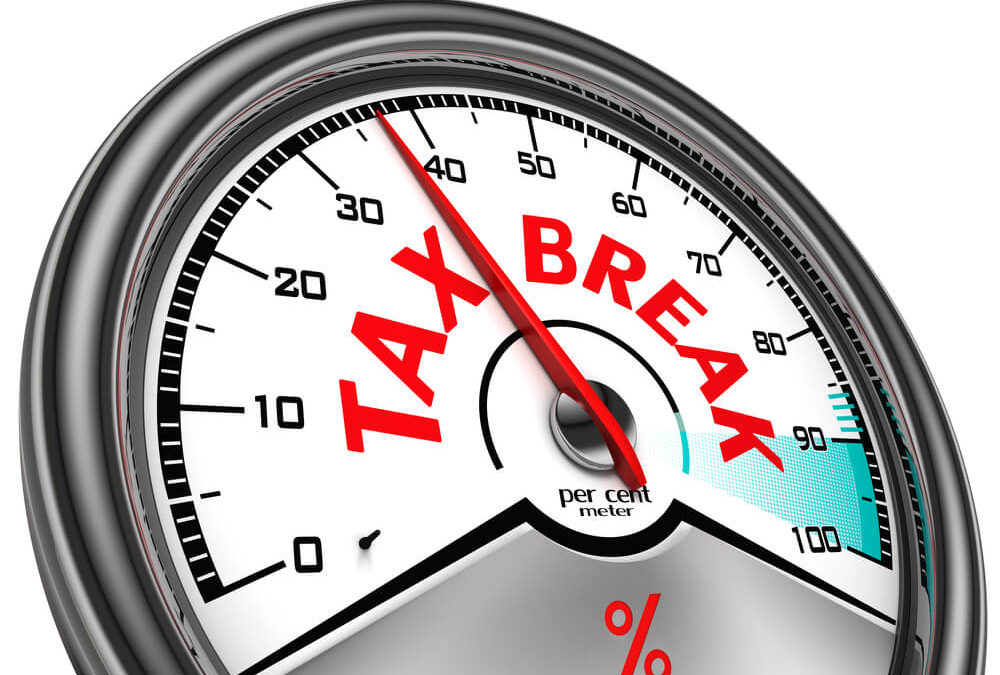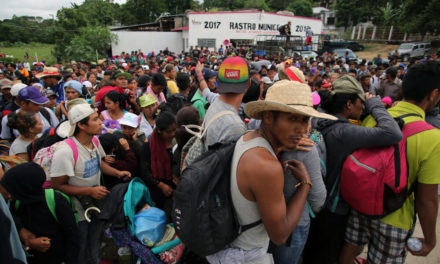Rhode Island’s commerce secretary said Thursday he’s analyzing new regulations issued by the Trump administration about a program for giving tax breaks for investing in low-income areas to ensure concerns by state economic development officials were considered.
The Opportunity Zones program was included in the $1.5 trillion tax cut legislation the administration pushed through Congress in 2017 to enable private investors to re-invest profits into designated low-income areas. They can get a tax benefit by deferring capital gains invested in the zones.
Rhode Island Commerce Secretary Stefan Pryor said he and other state officials have urged the administration to make sure tax breaks for investing in the areas were not only for real estate transactions but also for businesses operating in these areas. Pryor said he’s the chairman of a new network of state economic development executives, formed recently to discuss federal and state policies, including the Opportunity Zones.
Pryor attended a White House conference Wednesday where proposed regulations were unveiled to clear up confusion over how federal tax rules would be interpreted. President Donald Trump spoke.
Pryor said he questioned Treasury Department officials at the conference about tax breaks for operating businesses in zones. While he was told there was a revision to the regulations on that point, Pryor said he’s still reviewing precisely what they did to see whether the program will work as state officials had hoped.
Governors were allowed to designate up to a quarter of their states’ low-income census tracts as Opportunity Zones. Rhode Island’s governor designated 25 low-income areas in 15 municipalities.
“As a small state with limited resources, we utilize every tool at our disposal to promote and advance the economy,” Pryor said. “This is a new federal measure that every state has available to it. We aim to utilize it to the max and ensure that we’re competing effectively with other states.”
Trump said at the conference that governors in all 50 states and U.S. territories had designated 8,700 neighborhoods as Opportunity Zones.
© The Associated Press. All rights reserved.




